3D Model Embedded in the Greco-Roman Anatomical Atlas

3D Model Embedded in the Greco-Roman Anatomical Atlas Copyright: ATLOMY (ERC StG GA 852550) Hebrew University of Jerusalem – Step into the Atlas and use it to explore the model and to learn about Aristotle’s ideas of the anatomy of the digestive system and about his anatomical terminology. You might recognize some terms! You will see […]
The 3D Model of the Digestive System according to Aristotle
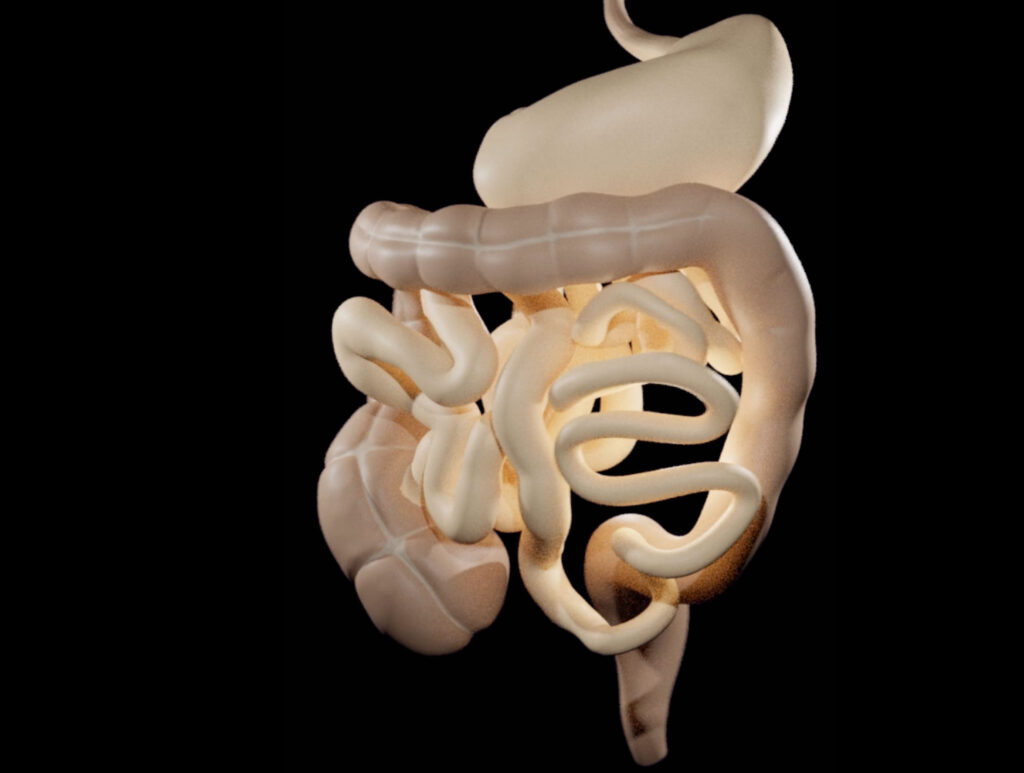
https://comparative-guts.net/wp-content/uploads/2023/02/Atlomy-Exhibit-4_2.mp4 The 3D Model of the Digestive System according to Aristotle Copyright: ATLOMY (ERC StG GA 852550) Hebrew University of Jerusalem – This 3-D model of the stomach and the intestines presents ATLOMY’s interpretation of the ancient text. While it might not be evident at first sight, this model differs from contemporary models of the […]
3D Modelling of the Guts according to Aristotle
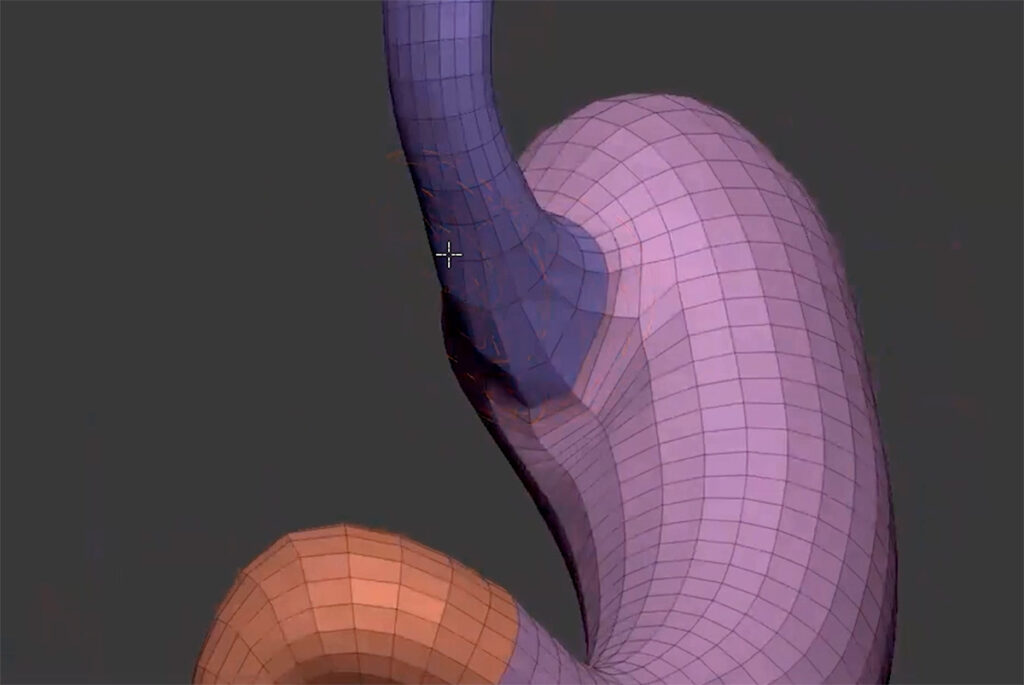
https://comparative-guts.net/wp-content/uploads/2023/02/Atlomy-Exhibit-3_1.mp4 3D Modelling of the Guts according to Aristotle Copyright: ATLOMY (ERC StG GA 852550) Hebrew University of Jerusalem – The next stage towards a visual reconstruction of Aristotle’s conception of guts is creating the 3D model. Based on the Table of Instructions the modellers use 3D-modelling software to create the model: from an initial […]
From Text to Model: The Guts according to Aristotle

From Text to Model: The Guts according to Aristotle Copyright: ATLOMY (ERC StG GA 852550) Hebrew University of Jerusalem – A depiction of the first stages towards creating a 3D model of the human guts as described in Aristotle’s treatise Inquiries on Animals. The interdisciplinary team facilitates a unique analysis which bridges the gap between […]
From Observation to Text: The Guts according to Aristotle

From Observation to Text: The Guts according to Aristotle Copyright: ATLOMY (ERC StG GA 852550) Hebrew University of Jerusalem Bronze retractor, Roman, 1-100 CE. Science Museum, London. Attribution 4.0. International (CC BY 4.0) http://www.internetculturale.it/ – Sacrificial rituals were a common means to observe and learn about internal anatomy in ancient Greece. Aristotle investigated the body […]
Athenian red-figure cup attributed to Oltos, examination of the liver of a sacrificial victim
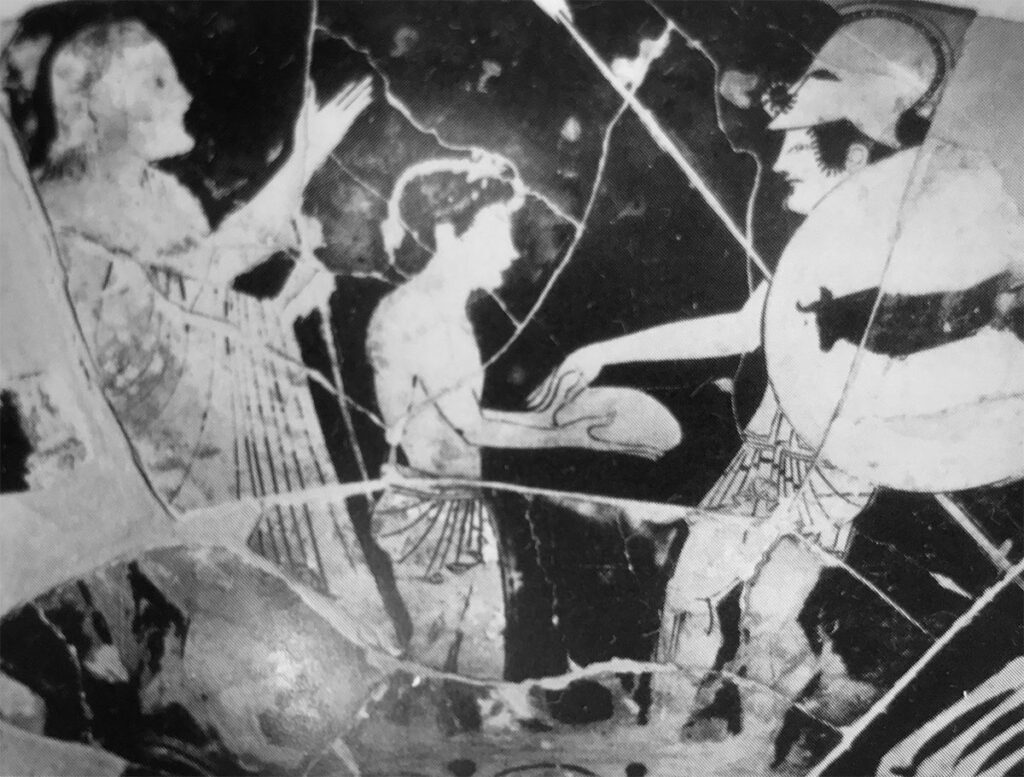
Athenian red-figure cup attributed to Oltos examination of the liver of a sacrificial victim (‘hieroscopy’), c.500 B.C.Cervetri, Museo Nazionale Cerite Photo: Jaime Ardiles-Arce – Representation of warfare is a feature of Greek painted pottery from the earliest figurative images from the eighth century BCE. In the second half of the sixth century and into the […]
Apollo the Python-Slayer or Cleveland Apollo
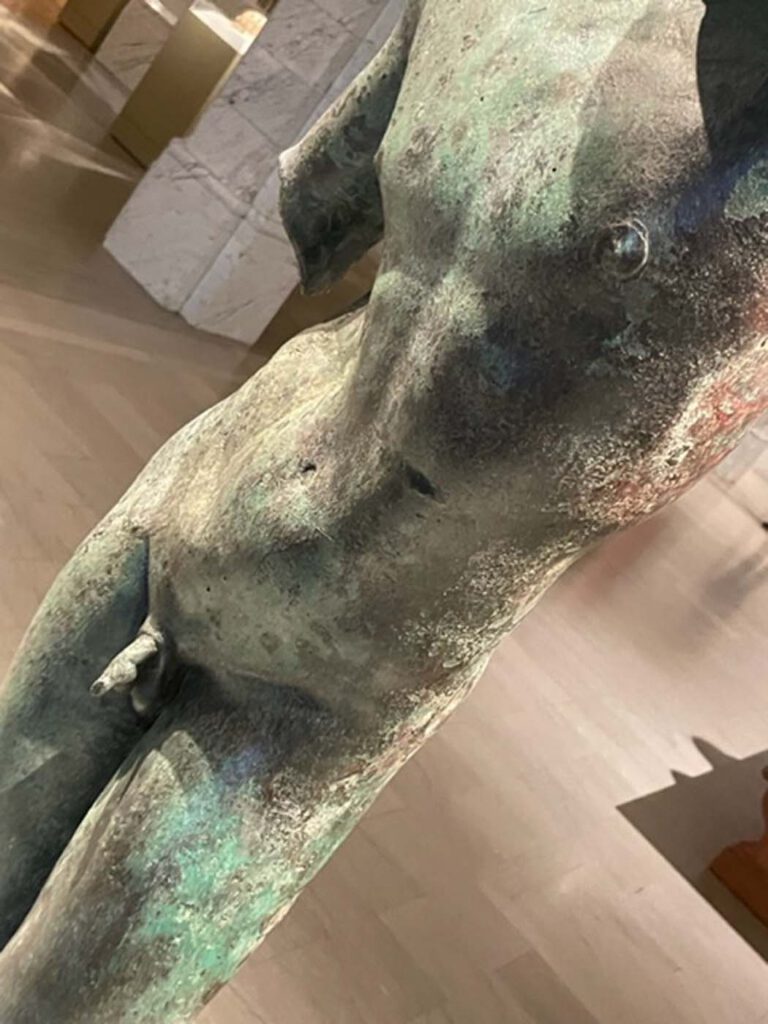
Apollo the Python-Slayer or Cleveland Apollo Hellenistic (?) Courtesy of the Cleveland Museum of Art. Museum Number 1839,0214.51 – The celebrated Cleveland Apollo is one of the most famous works attributed to the fourth-century Attic sculptor Praxiteles. Many later marble copies survive, but this bronze classical piece came to public attention only in 2004 when […]
Grotesque figurine
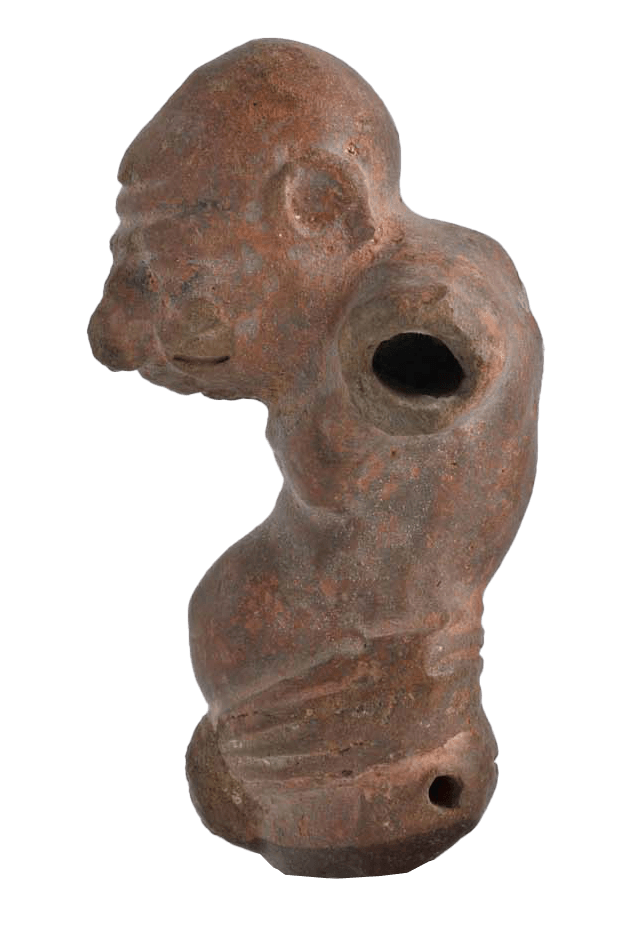
Grotesque terracotta figurine 3rd century BCE–3rd century CE (?) © 2023, Benaki Museum, Athens. Benaki Museum inv. No 12793 – This Hellenistic terracotta, part of the Benaki Museum collection in Athens, depicts with hyper-realistic traits an old, and/or ‘disabled’ man with a protruding pot belly, achieving a grotesque effect and signalling a pathology while offering […]
Marble tombstone of an Athenian physician

Athens, 2nd century CE
